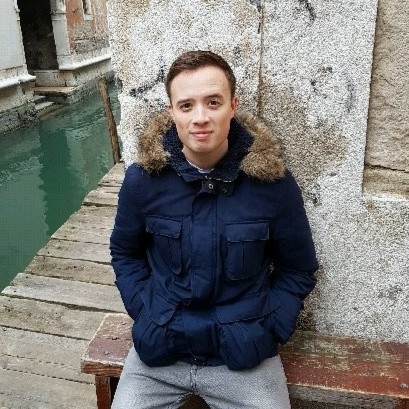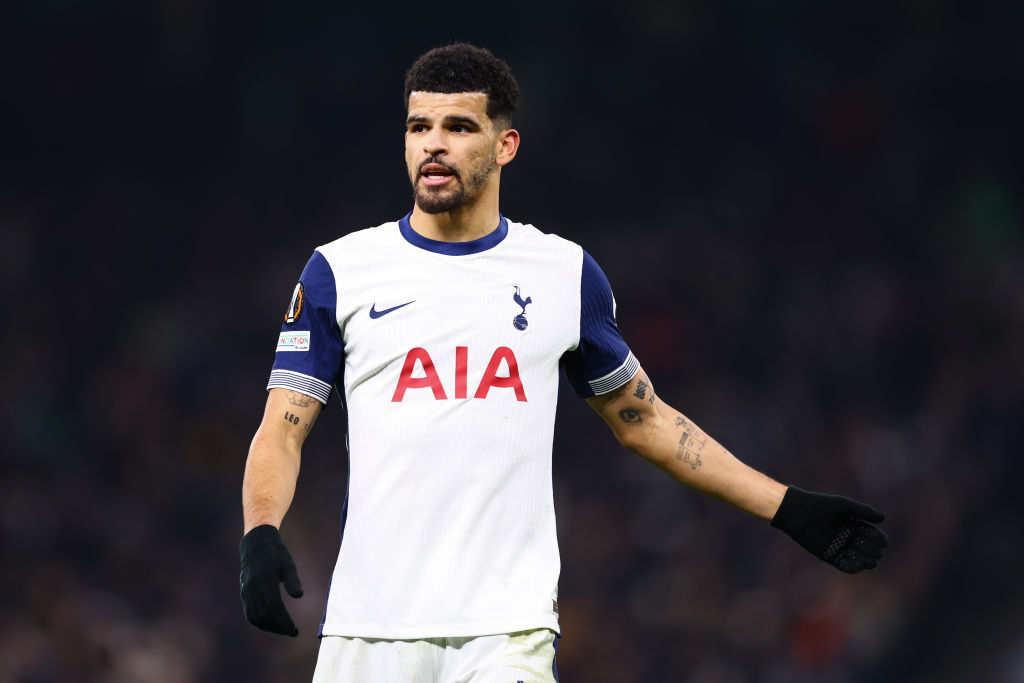Where are they now? Arsenal's Invincibles, 2004
Welcome to the third in FourFourTwo’s series on great clubs of the past. This time we are revisiting the Arsenal side from the 2003-04 season that made it through the entire English Premier League campaign undefeated, earning the Invincibles moniker...
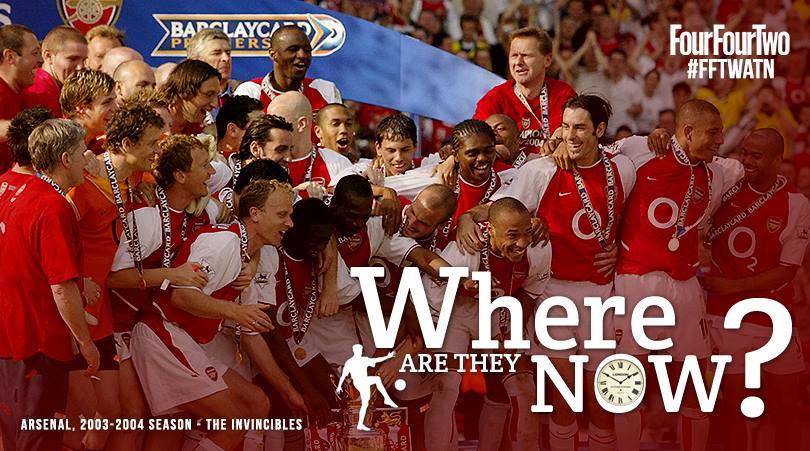
Unlike our previous two editions, Liverpool’s Champions League-winning side from 2005 and Manchester United’s 1999 triumph in the same competition, the Gunners didn’t contest a final en route to the league title.
That made picking the final squad a little more difficult. In the end our criteria was very simple – whoever made the most appearances over the 38-game season found a place in the side, which included four substitutes. Jose Antonio Reyes’s 13 appearances, six of them off the bench, gave him the nod over Gael Clichy (12 appearances, five as a substitute) as the final sub.
Words: Vijhay Vick, James Dampney, Kritikorn Thanamahamongkhol, Tio Utomo.
Goalkeeper: Jens Lehmann (38 starts, 0 sub appearances)
The German is the only member of the side to have played in all 38 league matches that season, immediately becoming a stalwart between the posts in his first year at the club. He helped the Gunners win the league by a hefty 21-point margin over Chelsea, conceding only 26 goals in the process.
Lehman also collected a 2004/05 FA Cup medal before leaving Arsenal for Stuttgart in May 2008 and finally retiring at the age of 40 in 2010. He did, however, come out of retirement for several months in March 2011 to help Arsenal through a goalkeeping injury crisis.
During his time in north London he finally won his duel with Bayern Munich star Oliver Kahn to be Germany’s No.1, as Jurgen Klinsmann picked Lehman as his starter at the 2006 World Cup.
Get FourFourTwo Newsletter
The best features, fun and footballing quizzes, straight to your inbox every week.
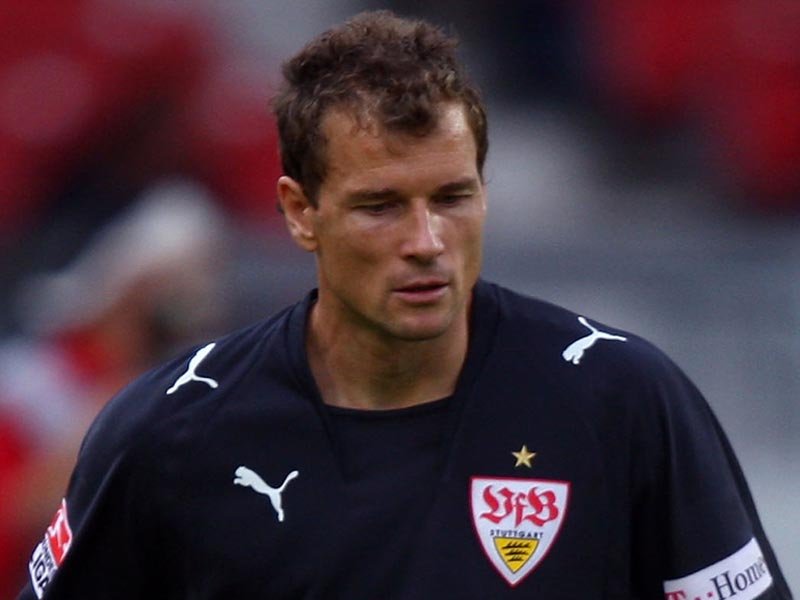
Today, Lehman is a German football television pundit and gets involved in many charity programmes. He is a member of the Laureus Foundation and is active in a number of humanitarian projects, including work with UNICEF. He was also part of the Bundesliga Legends Tour in August when the league’s former stars visited various countries, including Singapore, to promote the German top flight.
He is expected to feature in the Kuwait Champions Challenge alongside Andrea Pirlo, Paul Scholes, Ronaldinho, Robert Pires, Luis Figo, Deco, Alessandro Del Piero and Steven Gerrard on December 18. – VV
Defender: Lauren (30 starts, 2 sub appearances)
Arsene Wenger signed Lauren from Mallorca as a midfielder in the summer of 2000, but the manager later convinced the Cameroonian his future was at right-back. Wenger recently said: “In Lauren and Ashley Cole, I had the two best full-backs in the world.”
He went on to earn the tag of “Mr Reliable”, making 242 appearances for the London club, and winning two Premier League titles and three FA Cups before moving to Portsmouth in January 2007. There he won the FA Cup in 2008 but left at the end of the next season having managed just one appearance. He signed for Spanish club Cordoba as a free agent in March 2010 and made five appearances before drawing the curtains on his career.
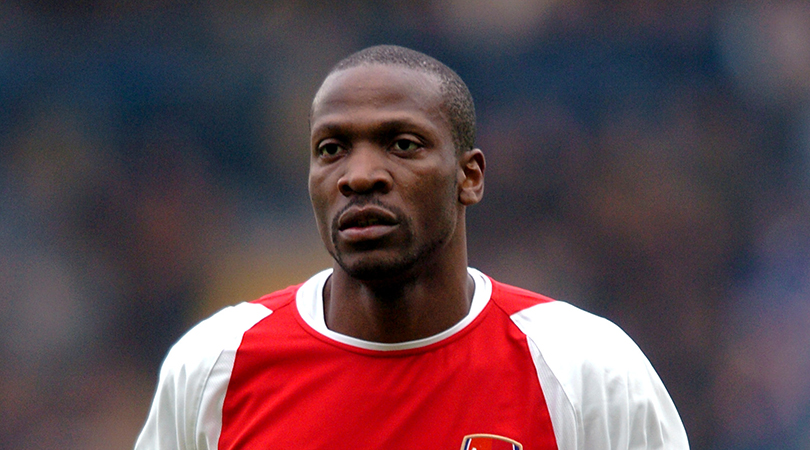
Lauren had a brief yet successful international career for Cameroon, winning the Africa Cup of Nations twice (2000 and 2002) and the 2000 Sydney Olympics. He prematurely retired from international football in 2002 after making just 24 appearances in his nation’s shirt from 1997. He had only been a regular between 2000 and 2002.
Today, Lauren resides in Seville, making the odd appearance on Sky Sports’ La Liga analysis show, Revista de la Liga. He also provided analysis on the 2015 FA Cup Final for BBC’s World Service. – VV
Defender: Sol Campbell (35 starts, 0 sub appearances)
Campbell knew he would invoke the wrath of Tottenham Hotspur fans when he moved to arch-rivals Arsenal in the summer of 2001.
That never curbed his ambitions at Highbury, however, as he went on to win two Premier League titles and three FA Cup trophies. He would then link up with Portsmouth for three seasons starting in 2006, had a brief (and disastrous) one-month spell at Notts County, returned to Arsenal for a half-season in January 2010 and finally ended his career at Newcastle in May 2011.
The former England international has outlined several plans to continue working in football following an illustrious playing career that crossed three decades. He is currently pursuing a coaching career after completing UEFA badges with the Welsh FA this year but has yet to be employed. He is also trying his hand at politics with the Conservative party, where he attempted (but failed) to be shortlisted as a candidate in the Mayor of London elections in 2016.
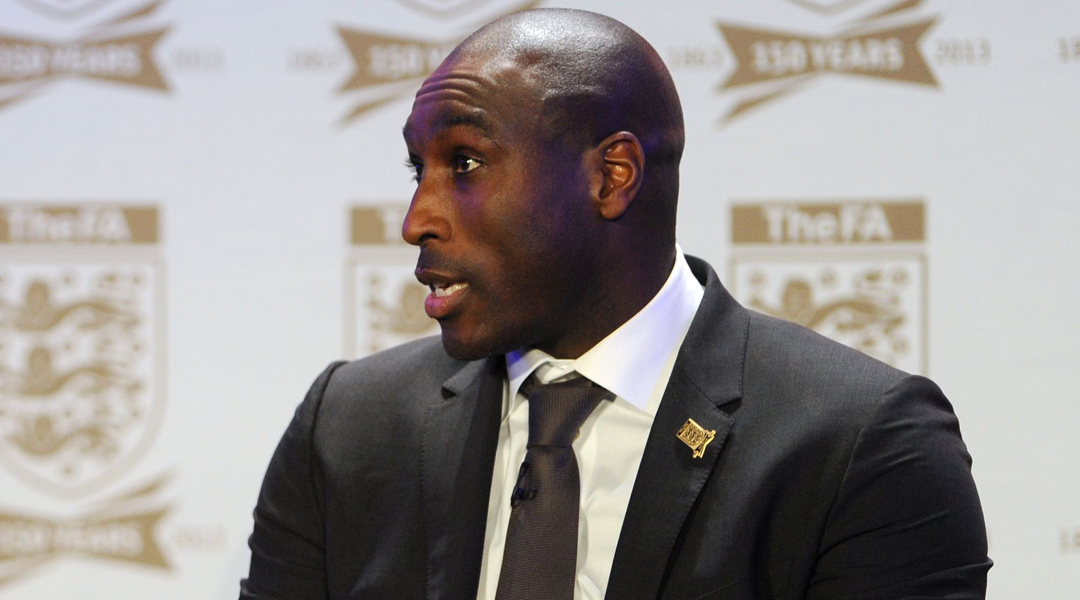
In February this year, Campbell expressed interest in replacing Paul Lambert as Aston Villa manager in February, but the Midlands club opted for Tim Sherwood. Campbell also caved in to pressure from his wife, Fiona Barratt, and has developed a newfound love for hunting game birds with his in-laws in his spare time.
Defender: Kolo Toure (36 starts, 1 sub appearance)
The former Ivory Coast international is one of only two members of The Invincibles (Reyes is the other) still playing top-flight football.
Having retired from international football in February this year, the 34-year-old rejected an offer from Turkish side Trabzonspor to play out a remaining year on contract with Liverpool as a squad player. Toure has been at Anfield since 2013.
He joined Arsenal in February 2002 but work permit issues forced him to wait until the start of the following season. He went on to make 326 appearances over seven seasons before forcing his way out of the club in the summer of 2009 due to a mid-season bust-up with William Gallas. Toure subsequently signed for Manchester City and was made captain for a season before being stripped of the armband by Roberto Mancini. Nevertheless, the Ivorian remained a regular starter.
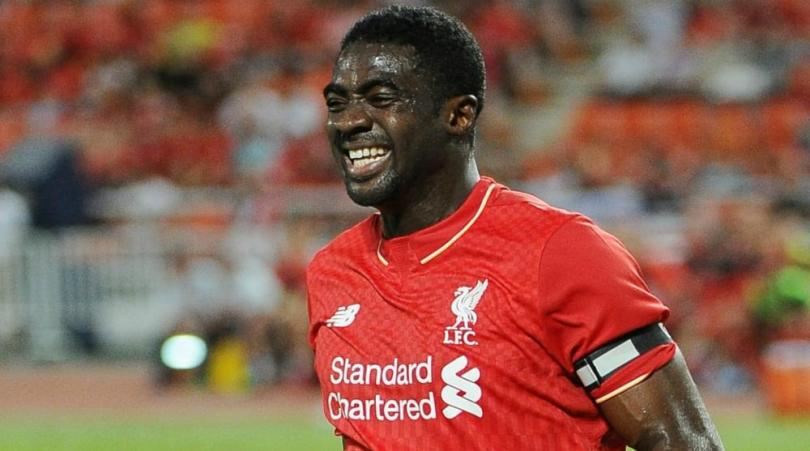
He was banned for six months for failing a drugs test in March 2011, when he tested positive for taking his wife’s dietary supplement. He played only 14 times in City’s 2011/12 title-winning campaign and was unable to dislodge regular defensive duo Vincent Kompany and Joleon Lescott the following season. – VV
Defender: Ashley Cole(32 starts, 0 sub appearances)
Well, if there was ever an archetypal entrant into FFT’s ‘Where are they now?’ features, this man would be it. Cole, once considered the world’s best left-back, has since disappeared into the wilderness so quickly that one of FFT’s English correspondents was recently compelled to write a column about it.
Now aged 34, Cole enjoyed a career most would envy. After seven successful years with Arsenal, which included two Premier League titles and three FA Cups, the defender later crossed the London divide to join fierce rivals Chelsea. More success flowed, as he added another glut of trophies to his collection, including being part of the Blues’ breakthrough 2012 Champions League triumph.
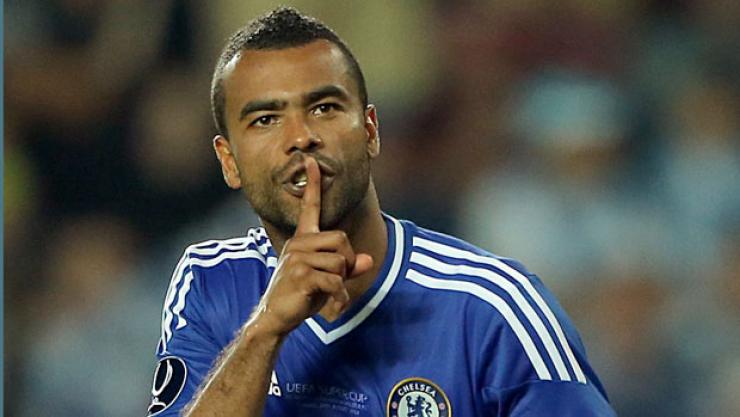
He was also extremely successful with the England national team, making over 100 appearances for the Three Lions. He featured in three straight World Cup campaigns between 2002 and 2010 and was named in the Euro 2004 team of the tournament.
The two-year deal he signed with Roma ahead of the 2014/15 campaign was promptly terminated after just 12 months and a paltry 11 Serie A appearances. Since then he has virtually vanished, with the occasional sighting back in London, though he has been linked with moves to Aston Villa and America’s Major League Soccer to resurrect a once-glorious career. – JD
Midfielder: Freddie Ljungberg (27 starts, 3 sub appearances)
When Ljungberg’s name is mentioned, the first image that probably springs to mind is his hair. Or should we say his former hair, as the retired winger became more than a little follically challenged upon entering his 30s. Now, he shaves what little of his mop remains.
But in his pomp, with his bright red mohawk in tow, Ljungberg was a pivotal member of a free-flowing Gunners side that was always pleasing on the eye. Starting his career with local Swedish outfit Halmstads BK, Ljungberg earned a dream move to Arsenal in 1998 and marked his signing by scoring on debut in a 3-0 victory over Manchester United.
It took him and the Gunners – who had won the Premier League title the season before his arrival – a little while to start clicking, but he finally landed some silverware with a league and cup double in 2001/02.
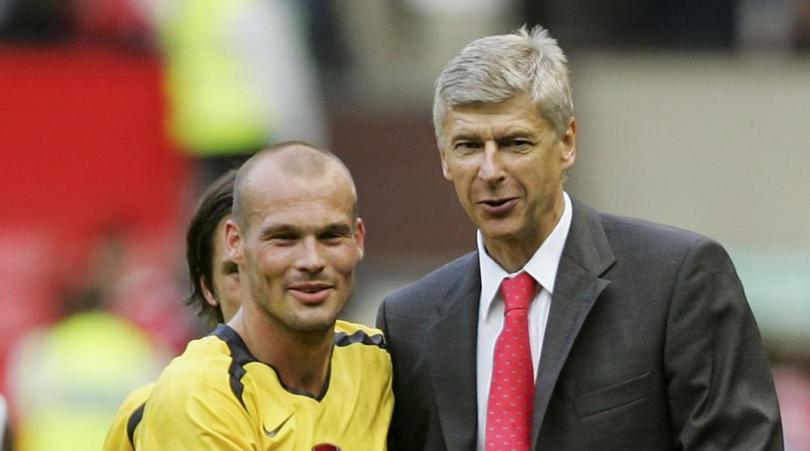
After almost a decade with Arsenal, he then experienced a somewhat nomadic end to his career, firstly with West Ham followed by five more clubs over a six-year span, including stops in the United States, Scotland and Japan. He briefly came out of retirement to join Mumbai in the newly formed Indian Super League before hanging up his boots once and for all.
These days he focuses on charity work and some modelling. When he’s not killing it in underwear, he undertakes an ambassadorial role with Arsenal. – JD
Midfielder: Patrick Vieira (29 starts, 0 sub appearances)
He’s not there yet, but Vieira will soon become the new head coach of expansion MLS outfit New York City FC, which will be contesting just its second season in 2016. The fact the Frenchman is making his way in the coaching game will come as no surprise to those who observed the way he directed the show during a superb career as a midfielder, predominantly in Arsenal colours.
RECOMMENDED Why hiring Patrick Vieira is a bad move for NYCFC
Born in Senegal, Vieira moved to France as a child and eventually helped his adopted nation secure titles at the 1998 World Cup and European Championship two years later.
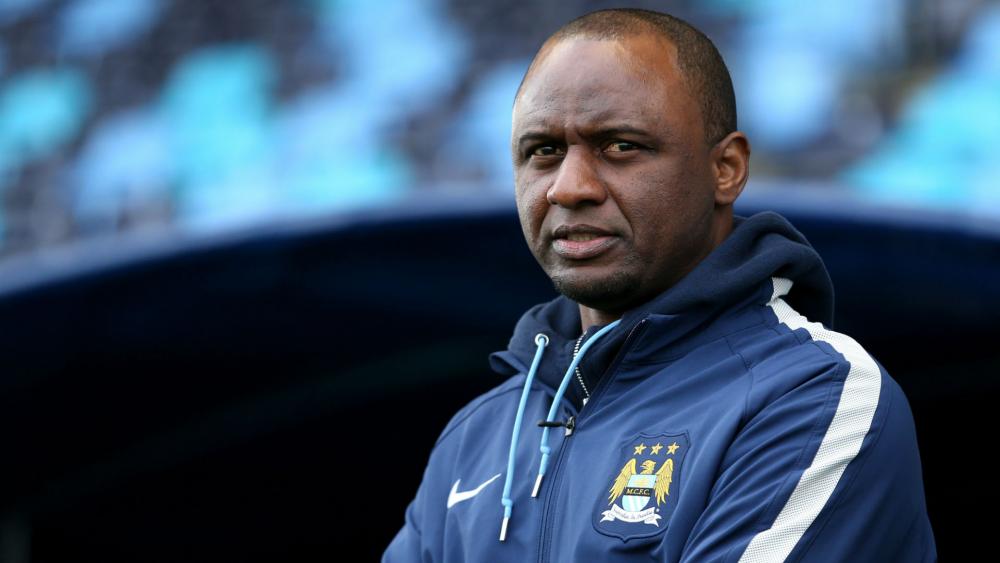
At 6ft 4in, Vieira was tall for a midfielder but still managed to glide across the pitch in effortless style while using his excellent vision to set up his team-mates going forward. Arsenal’s record scorer, Thierry Henry, particularly benefited from his skill set. His height also allowed him to be a threat in the box at set-pieces.
Following playing stops at Juventus, Inter and Manchester City, Vieira retired in 2011 to begin his coaching journey with City’s development and reserve squads, before his first head coaching gig in the Big Apple. – JD
Midfielder: Gilberto Silva (29 starts, 3 sub appearances)
It seems only fitting that this undefeated Arsenal side had a little Brazilian flavour to complete it, even if Gilberto was technically a defensive midfielder.
His performances for Atletico Mineiro in his nation’s domestic league led to him being a surprise call-up for the 2002 World Cup. An injury to Brazil captain Emerson then opened the door and he would go on to play every minute of every match as Luiz Felipe Scolari’s Selecao captured a fifth world crown.
The stunning achievement alerted European clubs to his potential and Arsenal won the race to bring him to England. Much like Ljungberg before him, Gilberto marked his debut with a goal as a substitute – and this one resulted in the Gunners overcoming Liverpool in the 2002 Community Shield.
His footballing pathway then led him to Greece with Panathinaikos and back home to Brazil for stints with Gremio and a reunion with Atletic Mineiro before eventual retirement. An outspoken advocate on footballers’ rights today, Gilberto is also heavily involved in charity work, including working with Street Child United, a campaign to reduce homelessness. – JD
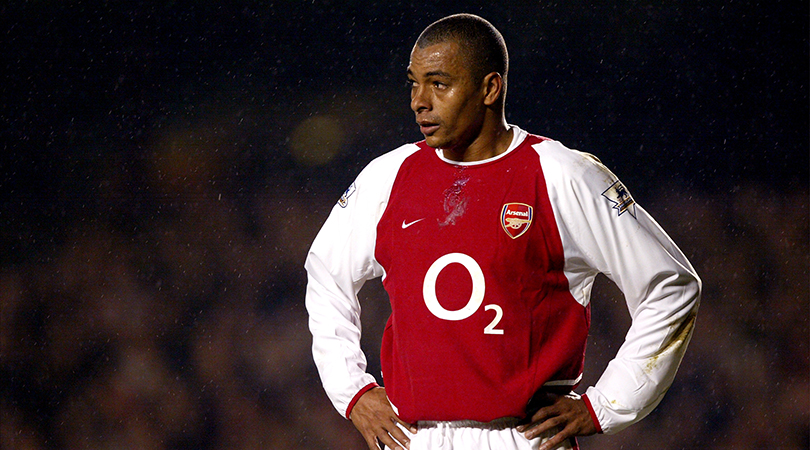
Midfielder: Robert Pires (33 starts, 3 sub appearances)
Few could have imagined before the game that the final memory of a player as cherished as Pires would be in the bitter 2006 Champions League Final defeat to Barcelona. The winger was hooked for reserve custodian Manuel Almunia after Jens Lehmann was sent off for bringing down Samuel Eto’o.
The enduring image was of the Frenchman trudging off the pitch as six years with the north London side, where he won two league titles and three FA Cups, came to a close. He was regarded as one of the best wingers the club had ever seen, marking his spell with a total of 62 goals from 189 appearances before joining Villarreal at the end of 2005/06 season.
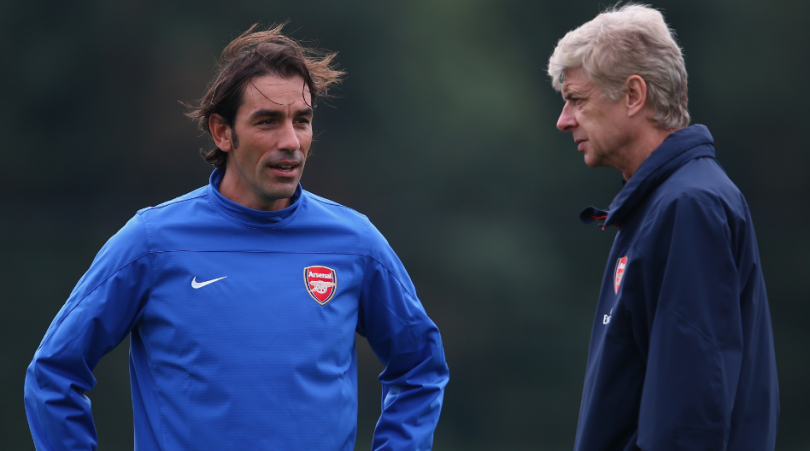
After five years in Spain, Pires returned to England to team up with Aston Villa boss Gerard Houllier. However, it wasn’t really a dream move as he made just 16 appearances before being released on May 27, 2011, without a goal to his name. He followed that up with a forgettable spell with Indian Super League side FC Goa.
As of now, the France World Cup winner was just seen in action playing in David Beckham’s charity match at Old Trafford last month. He has also dabbled in work as a television commentator for Sky Sports. – KT
Forward: Dennis Bergkamp (21 starts, 7 sub appearances)
The all-time Dutch legend represented three clubs over his 20-year professional football career. But despite turning out for continental powerhouses Ajax and Inter, Dennis Bergkamp is best remembered for his time at his final club, Arsenal. And for good reason.
Bergkamp was christened as a “dream for a striker” by fellow teammate Thierry Henry. It was their partnership that established him as undoubtedly one of the club’s most beloved icons. The Amsterdam-born striker was brought to London by Bruce Rioch, before the arrival of Arsene Wenger.
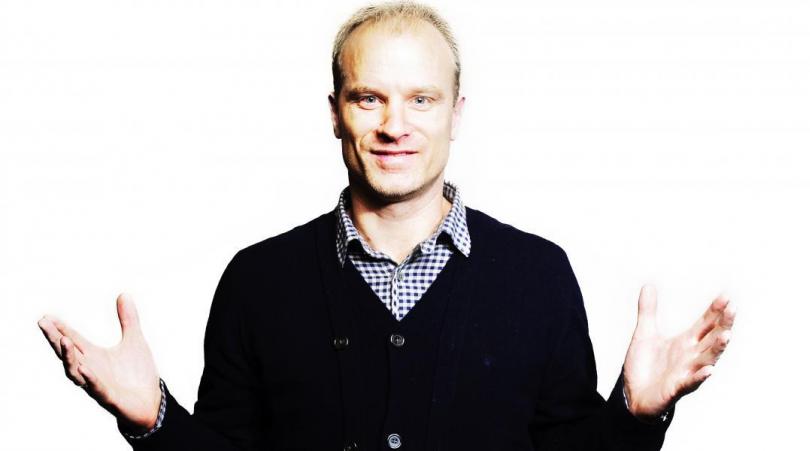
RECOMMENDED
- When Dennis came: What training with Bergkamp was really like
- Bergkamp remembered by his former ghost writer, 20 years after his Arsenal arrival
- Dennis Bergkamp: One-on-One
The ex-Netherlands international would then go on to spend 11 years with the club, scoring 120 goals in 423 matches. Yet numbers alone don’t define his genius and it was the moments of magic he regularly produced that led to a statue of him being erected in front of the Emirates Stadium.
After retiring, Bergkamp focused on travelling and spending time with his family. Following a two-year hiatus from football, he began a coaching diploma for former Dutch footballers and took up a training role at Ajax. Following the promotion of Frank de Boer as manager of Ajax in December 2010, Bergkamp was appointed assistant manager – a position he still holds today. – KT
Forward: Thierry Henry (37 starts, 0 sub appearances)
The sum of £11 million must have seemed an awful lot for Arsene Wenger to stump out on a precocious talent who had failed to make an impact at Juventus. But as everyone knows, the deal to bring Thierry Henry to Arsenal turned out to be one of the most important deals in the club’s history.
After eight years playing for the north Londoners, Henry had his name attached to several Gunners’ records. The recognition of being the club’s all-time top scorer belongs to him, while his role as one of the key players of the Invincibles era is the stuff of legend. The French marksman then enjoyed success at Barcelona, winning a famous Treble comprising of La Liga, the Copa del Rey and the Champions League, under the guidance of Pep Guardiola in 2009.
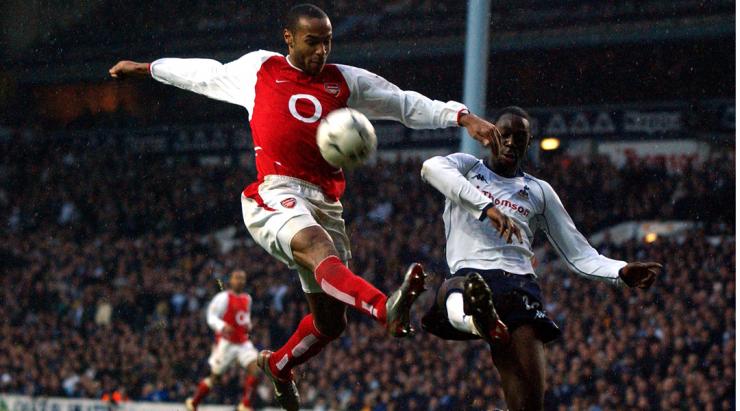
In July 2010, “King Henry” signed a deal with MLS club New York Red Bulls, where he would spent four years. A short playing return to Emirates Stadium beckoned before he retired as a professional footballer last December.
The Arsenal great is currently working as a football pundit at Sky Sports. Last August, he took the first step towards becoming his beloved outfit’s future manager by coaching the club's youth team. – KT
Substitutes
Midfielder: Ray Parlour (12 starts, 10 sub appearances)
Parlour joined Arsenal as a youth academy player in 1989 and made his professional debut against Liverpool on January 29, 1992. The former England international spent over 12 years with the club before becoming a key part of The Invincibles, even though he was classed as a back-up to Vieira and Gilberto. When needed, Parlour always performed an admirable job standing in for the pair.
After winning two league titles, Parlour opted against renewing his contract with Arsenal and made the switch to Middlesbrough. There, he was fundamental to the climb of Steve McCLaren’s team to the 2006 UEFA Cup Final, which they lost 4-0 to Sevilla.
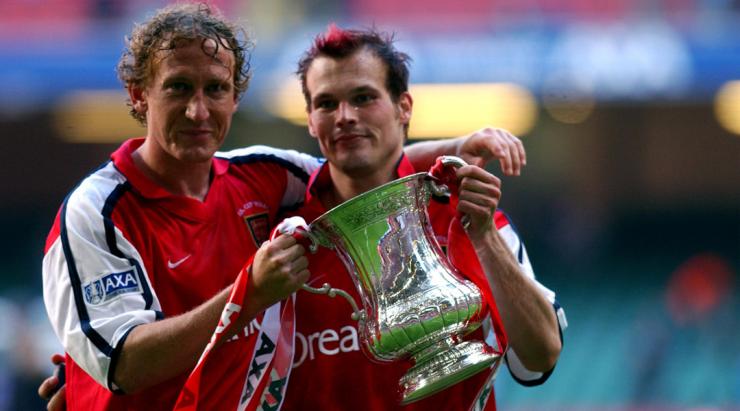
In 2007, Parlour was on the move once again, this time to join Hull City. But due to his increasing age and injury problems, he only turned out for the minnows for one season before announcing his retirement at the age of 34.
Parlour currently works as a television and radio pundit where his discussions on his ex-boss Wenger’s approach are often animated and occasionally contradictory. He did not shy away, however, from confessing that the current vintage the Frenchman led to consecutive FA Cup successes was more talented than his undefeated outfit. – KT
Midfielder: Edu (12 starts, 17 sub appearances)
What comes to your mind when you hear the name Edu? Brazilian flair? Silky skill? Constant injuries? The last answer may unfortunately be what many people associate with the midfielder, bought from Corinthians in 2001. Then, Arsene Wenger had high hopes for Edu to one day replace the departed Emmanuel Petit. Arsenal splashed out £6 million to bring the elegant playmaker into the team as a 22-year-old.
Edu’s debut was immediately marred by injury – what would become the story of his time in England. That he somehow managed 27 appearances in all competitions during his first season – in which he also picked up a league and cup double – was, in hindsight, no small feat.
During The Invincibles' season, Edu’s fitness vastly improved as he adapted to the intensity of football in England. Despite his impressive performances, though, Edu never established himself as a first-team regular.
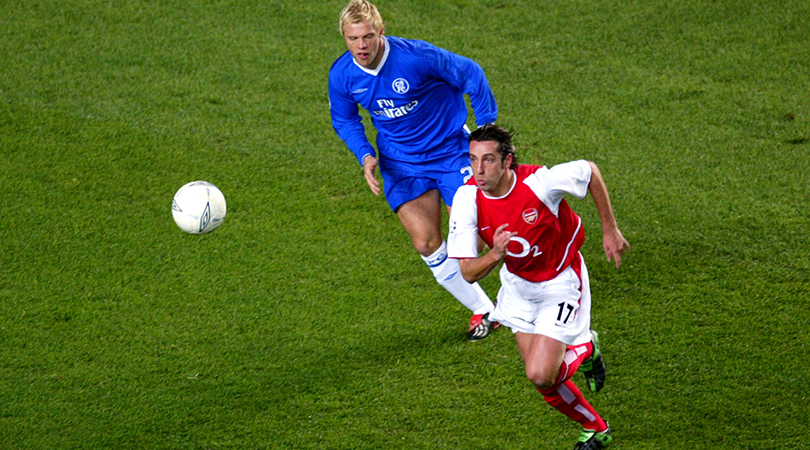
His final season at Highbury was unfortunately wrecked by injury and the midfielder started just 10 games. His penalty in the 7-0 win over Everton in his final home game, and an FA Cup winners’ medal that season, ensured his Arsenal career at least ended on a high.
Departing for Valencia next before returning to Corinthians in 2009, Edu announced his retirement in 2011. The 37-year-old is now the general manager of Corinthians, his boyhood side, while he also assisted Carlos Queiroz with Iran in the 2014 World Cup. – TU
Defender: Pascal Cygan (10 starts, 8 sub appearances)
This player must rank among the least memorable from this squad. Gunners fans may recall him as a slow defender who always had problems against fast and skilful forwards. But the fault lay more with why he was even signed in the first place over names who would later turn into Premier League pillars such as Sami Hyppia and Rio Ferdinand.
Signed from Lille in the summer of 2002, Arsene Wenger had high hopes that Cygan would wear the France shirt, but the defender sadly never earned a cap for his nation. His career in north London was just as forgettable, with a modest 98 appearances before being shipped off to Villarreal.
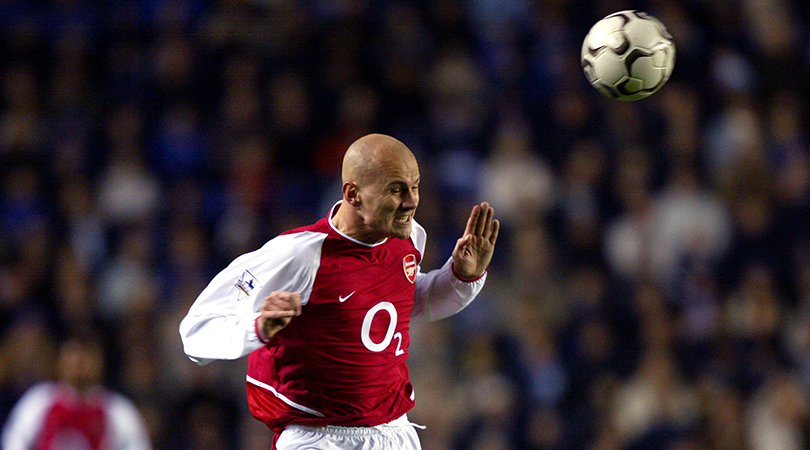
Cygan spent three seasons at the Yellow Submarine before featuring for Cartagena in the Spanish second division. He would retire from professional football in 2011 after a 17-year career in which he won the French Second Division, the Premier League, two FA Cups and two Community Shields.
A decent record of success, certainly, for one many regard as Wenger’s worst buy at the club. Rumours that Cygan would return to Arsenal as a strategic football consultant swirled for a period. But for now, Gunners fans are just happy that they saw the back of the limited defender so long ago. – TU
Midfielder: Jose Antonio Reyes (7 starts, 6 sub appearances)
Wonderfully talented, the initial impressions of Reyes were of a player whose career was wasted because his head wasn’t in the right place. A Sevilla golden boy, the winger was one Europe’s most exciting young talents of his day, packing pace and beautiful footwork.
He moved to Arsenal in the January transfer window of the 2003/04 season for £10.5 million, a fee that could have risen to £17m. He scored two goals in his 13 appearances for the club in their victorious league campaign. He grew up shadowing Thierry Henry – hardly a bad role model to have.
The Frenchman’s professionalism failed to rub off on him, however, and Reyes reported homesick in 2005. He ran into trouble with the media in February 2005, when Spanish radio station Cadena Cope hired a prankster who called him while impersonating Emilio Butragueno, Real Madrid’s former director of football. The conversation revealed that Reyes said his life in London was far from happy for him and that he wanted to move back to Spain.
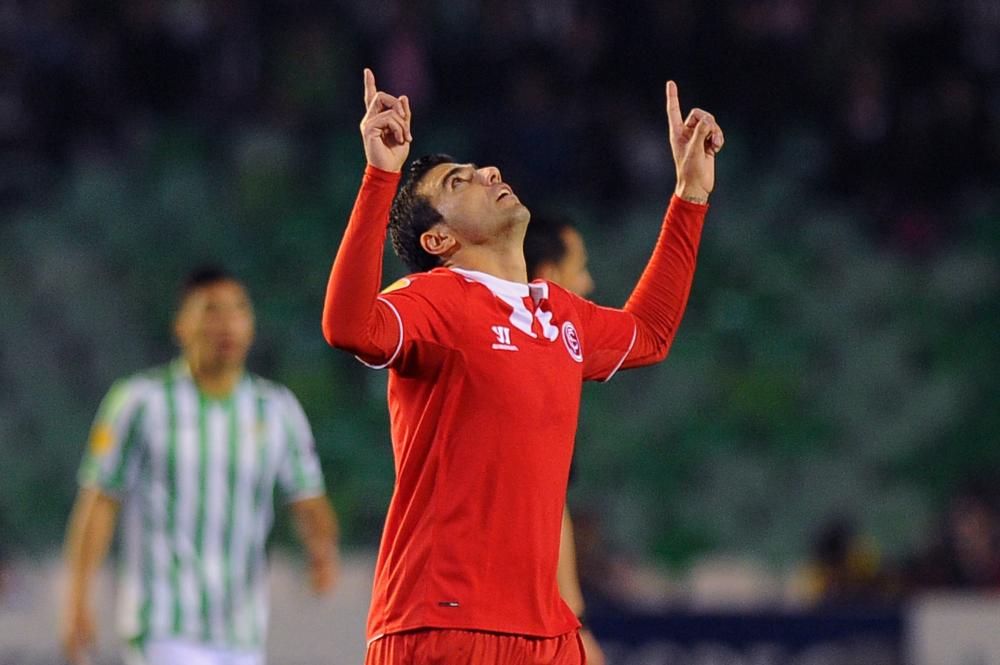
After that incident, Reyes was used sparingly, although he featured heavily in the cup competitions. His sending off in the 2006 FA Cup Final against Manchester United compounded matters, and the situation only got worse when he refused to turn out for Arsenal in the Champions League against Dinamo Zagreb so he wouldn’t be cup-tied, were he to move to Real Madrid.
Wenger ended his misery by releasing him to join Madrid on a season-long loan, during which he won La Liga. The Gunners boss then sold him to los Blancos’ city rivals Atletico Madrid the next season. Reyes looks set to end his career at Sevilla, where he did his reputation as their golden boy no harm by winning consecutive Europa League titles. – TU
Manager: Arsene Wenger
Life at Arsenal enjoyed a 180-degree turnaround when Wenger came aboard in 1996, though the arrival of an obscure Frenchman whose latest job had been managing in faraway Japan initially had fans scratching their heads. Today though, Wenger is easily one of the most recognisable figures ever to be associated with the Premier League. After Sir Alex Ferguson’s retirement, the 66-year-old became the longest-serving manager in the league.
Wenger’s record of success – three Premier League titles, six FA Cups and six Community Shields – speaks for itself. The transformation began with the signings of Vieira, Petit and Marc Overmars. The trio combined with the club's experienced core to fire the Gunners to a domestic double in 1997/98. He also made history in 2003/04, guiding this side to a third Premier League crown without losing a single match. Not even Ferguson managed to halt their march to league glory and a special place in history.
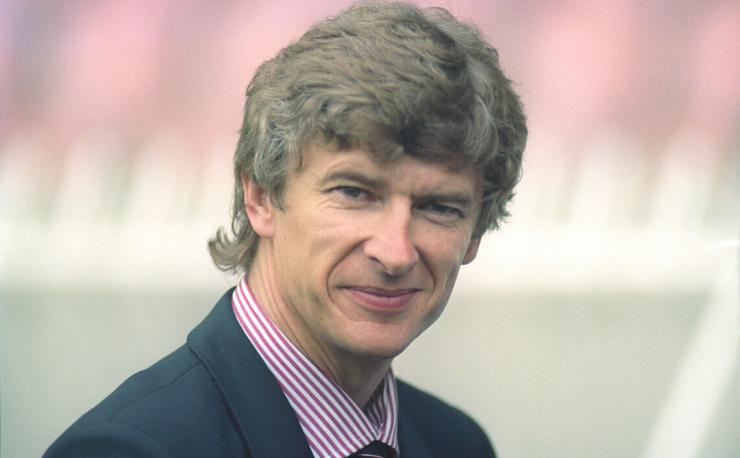
To date, Wenger has led the side in over 1,000 games, establishing the Frenchman as arguably the greatest tactician to have led the club.
Joe was the Deputy Editor at FourFourTwo until 2022, having risen through the FFT academy and been on the brand since 2013 in various capacities.
By weekend and frustrating midweek night he is a Leicester City fan, and in 2020 co-wrote the autobiography of former Foxes winger Matt Piper – subsequently listed for both the Telegraph and William Hill Sports Book of the Year awards.
